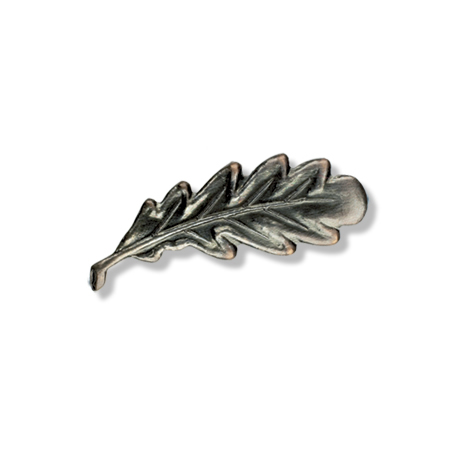Major John Sacherevell A'Deane Coke was the son of Brigadier-General E S D’Ewes Coke and Helen Maud Coke of Kensington London. He joined the 1st Battalion KSOBs as second in command on 27 January 1943. Later when the battalion was assigned to 1st Airborne Division he assisted the Commanding Officer, Lt Col Payton Reid, to weed out the men who were unfit and unsuitable for their new role.
Lt Charles Doig who served with him later commented:
'Major Coke was another firebrand but nevertheless a very efficient officer and later in action I found him to be extremely brave and courageous. Although I received a roasting from him quite often on some of the exercises we did before D Day, I revere his memory.'
Signalman John Henretty also observed:
'One time during one of the pre ‘Market’ exercises a group of us, including Major Coke, were standing beside an airfield runway. A Dakota landed and stopped immediately opposite us. The fuselage door was swung open by an American GI holding a huge kit bag. He looked straight at the Major and said something like ‘Hiya Buddy- getta holda this for me’ and tossed the kit bag to him. Major Coke obligingly caught it but I must say that he was somewhat at a loss for words and his expression was a picture.'
During Operation Market, the KSOBs preliminary role was to assist in securing DZ-Y at Ginkel Heath, the drop zone of the 4th Parachute Brigade. With part of the DZ in German hands most of the battalion became engaged with the enemy. After the landings on Monday afternoon, Major Coke made a reconnaissance of the planned route to the battalion’s next positions. He remained in the thick of the battalion’s actions over the next few days until he was wounded at the White House (Hotel Dreijeroord) and taken prisoner. After treatment in an Arnhem hospital the Major was transferred to Royal Palace Het Loo at Apeldoorn. On Saturday 14 October during the pitch darkness of the night, glider pilots Freeman and Mahoney and Major Coke escaped by using a strong curtain cord. They got in touch with the Resistance and were brought to the ‘Rudolfstichting’, a children’s home in the village of Achterveld. Major Coke was taken to the house of a headmaster (the Hoogeweg family). The glider pilots escorted by members of the Resistance were able to escape back to allied lines in Operation Pegasus I. However, Major Coke was too badly injured and was forced to remain behind in Achterveld.
Jan Dijkstra recalls:
'My father was a laundryman at Rudolfstichting, and we lived in the annex of the laundry and bathing building. In the fourth year of the war we hid several Jews and Allied pilots who needed a place to stay overnight on their journey to safety. I remember John Coke very well. After the two glider pilots had left us, the Hoogeweg family had to make room for a German officer and the Major came to our house. There were many Germans in and around the girls’ pavilion. After the Battle there were also many captured British jeeps near our house. After supper the Major and I often took a walk to exercise his injured foot and we would walk right past the Germans in the girls’ pavilion. During the day the Major would sit by the window and would turn away only if German patrols passed by our house. He stayed for about six weeks and was upset that for medical reasons he was not allowed to join the first escape attempt. He was even advised not to join the second attempt but he insisted to go. So during one of the next Saturdays we took the Major to a rendezvous point. Before the Major left he gave me a piece of Royal Curtain Cord and used the rest of the rope to tie up his trousers. He also gave me and my brother Fokke a ten guilder bank note. Over his uniform he wore a long coat. He said goodbye to my parents and there we went on my bicycle with John on the back. Fokke accompanied us and another member of the Resistance was cycling about a 100 yards in front of us to warn us of any danger. Between the villages of Barneveld and Lunteren we met up with others of the Resistance and said goodbye to John.'
During Operation Pegasus II the escape party encountered German positions who opened fire with machine guns and several men in the party, including Major Coke were killed. He was initially given a field burial in the garden of Mr Schriek’s house at Hindekamp, Ede. He is now buried in the Arnhem Oosterbeek War Cemetery.
John Coke was posthumously mentioned in despatches for his actions during Arnhem in the London Gazette on 20 September 1945.
Based on information contained in:
Robert Sigmond, Off at Last: An Illustrated History of the 7th (Galloway) Battalion The Kings Own Scottish Borderers 1939-1945 (2009) Sigmond Publishing
Profile created with assistance from Harvey Grenville
Read More

Latest Comments
There are currently no comments for this content.
Add Comment
In order to add comments you must be registered with ParaData.
If you are currently a ParaData member please login.
If you are not currently a ParaData member but wish to get involved please register.